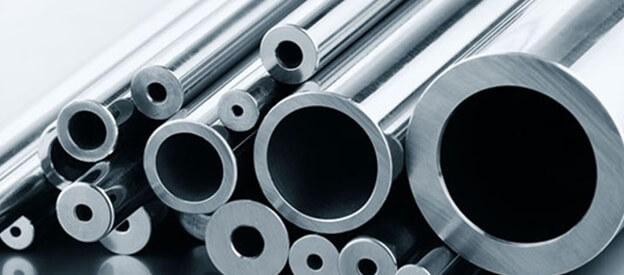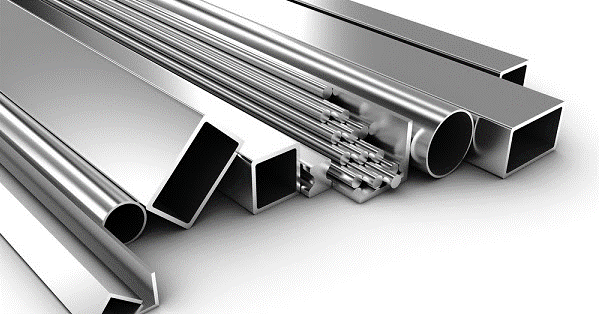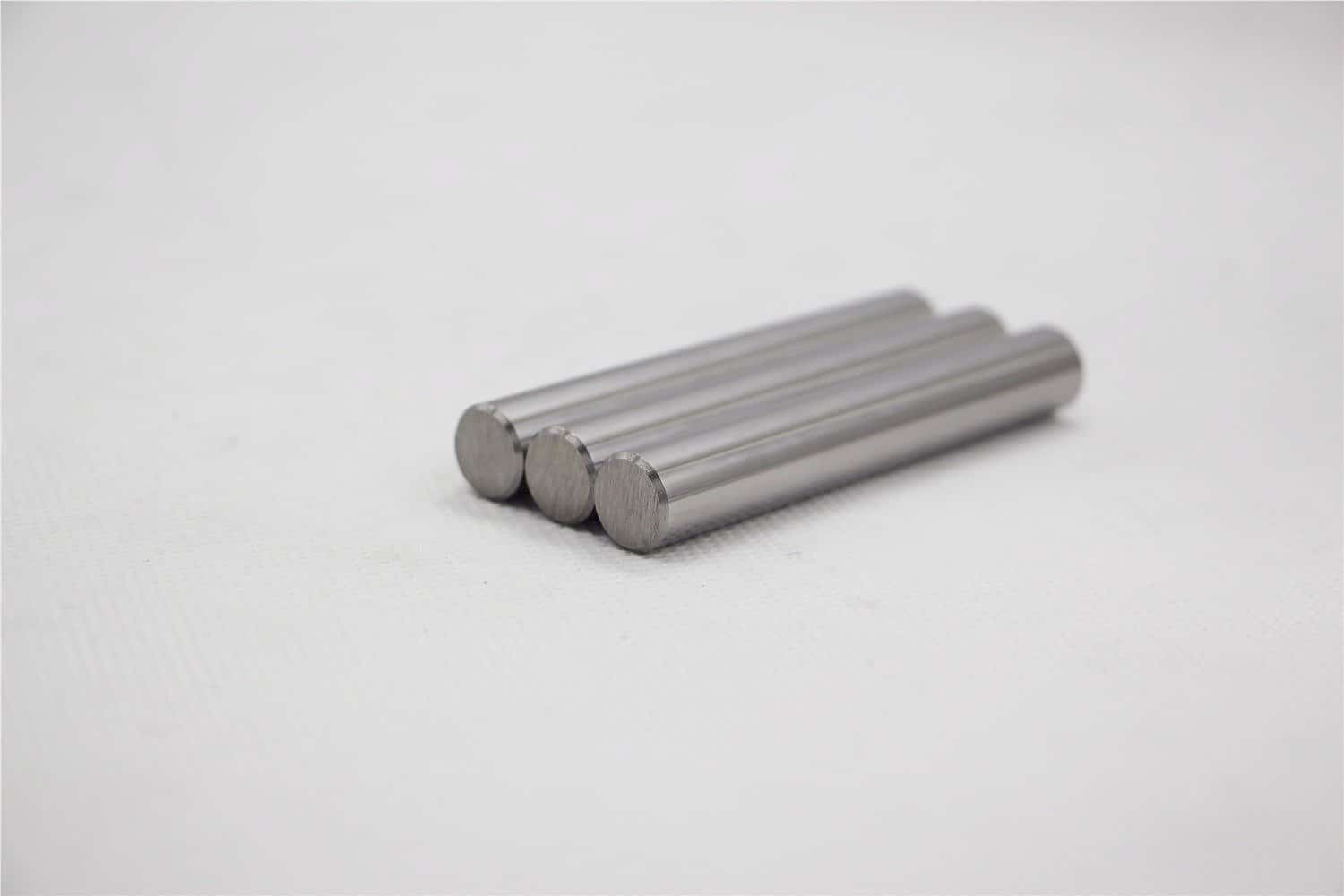Advantages and disadvantages between alloy steel and stainless steel
alloy steel
Alloy steel is a type of steel that contains a variety of alloying elements in addition to carbon and iron. These alloying elements help improve certain properties that are absent or low in the parent steel material. Examples include strength, wear resistance, toughness, and hardness.
Low alloy steel and high alloy steel
Alloy steels are classified into high alloy steels and low alloy steels based on the percentage of alloying elements (other than carbon and iron) present. Low alloy steel contains no more than 5% of the alloying elements of the total material composition. The addition of alloying elements improves the material’s mechanical properties and corrosion resistance compared to base steel. Common alloying elements that make up low-alloy steels include nickel (Ni), chromium (Cr), vanadium (V), copper (Cu), tungsten (W), and boron (B). High alloy steel contains more than 5% of the total material composition. Higher percentages significantly improve the mechanical properties of the material. Stainless steel is an example of a high-alloy steel because it contains at least 12% chromium, depending on the stainless steel grade.
Common alloying elements and their functions
The mechanical properties of carbon steel can be improved using more than 20 alloying elements. Each alloying element has unique properties imparted to carbon steel. Here are the five most common alloying elements:
Manganese, small amounts of phosphorus and sulfur make the formed steel alloy less brittle and more ductile.
Chromium, the effect depends on the percentage. When used in small proportions (0.5% – 2%), it can increase the hardness of materials. Higher percentages (4% – 18%) increase corrosion resistance.
Vanadium, about 0.15%, increases the strength, heat resistance and overall grain structure of carbon steel. When used with chromium, forming steel alloys increase hardness without losing formability.
Nickel also has an effect depending on the percentage. At approximately 5%, the strength of the formed steel alloy increases. Higher percentages (over 12%) will enhance the corrosion resistance of the alloy formed.
Tungsten, will add to the structural composition of the formed steel alloy. Additionally, it increases heat resistance, resulting in an increase in melting point.

Stainless steel
Stainless steel is a type of high-alloy steel known for its extreme corrosion resistance and aesthetic appeal. Typically, it contains at least 10.5% chromium (responsible for hardness and corrosion resistance) and less than 1.2% carbon and other alloying elements.
Chromium content and its importance
Depending on the properties and grade required, stainless steel can also contain other alloying elements such as titanium, manganese and nickel. The presence of chromium results in the formation of chromium oxide when in contact with oxygen. This process, known as stainless steel passivation, helps protect the metal and allows it to repair itself. Due to its properties, stainless steel is important in the following aspects.
- Its high heat resistance makes it very important in heat exchangers, boilers, valves and superheaters.
- It can prevent the growth of bacteria, making it suitable for functions with high hygiene requirements.
- It has the advantage of high strength-to-weight ratio, which makes it useful in the automotive and aircraft industries.
- It is 100% recyclable.
Common types of stainless steel
More from Google Types of Stainless Steel The material is divided into five major categories. Below is a brief description of stainless steel types:
1.Austenitic stainless steel grades are non-magnetic stainless steels containing 17-25% chromium and 8-20% nickel and other alloying elements. They have excellent ductility, corrosion resistance and toughness, and are highly formable and weldable. They also contain molybdenum, which greatly enhances corrosion resistance. Examples include 304/304L, 316/316L and 253.
2.Ferritic stainless steel grades contain 10.5% chromium, making them corrosion-resistant. They are used in the annealed condition since strengthening during cold working or heat treatment is not possible or useful. Additionally, they lack toughness, which reduces their structural applications and limits their availability in sheets and coils. Examples include 409 and 430 stainless steel.
3.Martensitic stainless steel grades contain 12% to 16% chromium and 0.08% to 2% carbon. They are heat treatable, have reduced weldability, are less ductile, and are not compatible with cold working. Examples include grades 410, 420C, and 431 SS.
4.Duplex stainless steel grades contain equal amounts of austenite and ferrite. They contain 18-29% chromium, 3-8% nickel, and other alloying elements such as molybdenum and nitrogen. They are strong, durable, corrosion-resistant, and resistant to pitting corrosion and chloride stress. However, they do not accept heat treatment and respond poorly to cold working. However, they are magnetic, weldable, and easy to fabricate. Examples include 2205 and S32750 grades of stainless steel.
5.Precipitation hardening stainless steel grades contain 12-16% chromium and 3-9% nickel and small amounts of alloying elements such as Al, Cu, Ti, etc., which can form precipitates. They are heat treatable, strong and very malleable. Machined in annealed condition and then tempered.

Comparing Mechanical Properties: Alloy Steel vs. Stainless Steel
Mechanical properties are the main form of comparison between alloys and stainless steels. Although each type of alloy or stainless steel may differ, the following is a general representation of how they compare in terms of mechanical properties:
1.tensile strength
Tensile strength represents a material’s ability to withstand tensile stress before breaking and depends on the alloy and heat treatment process. Alloy steel has higher tensile strength (758-1882) than stainless steel (515-827). Therefore, alloy steel has more structural applications.
2.hardness
Hardness is a measure of a material’s resistance to wear and tear and depends on the material’s composition and heat treatment. Since the content of alloying elements is less than 5%, the hardness of alloy steel is 200HB to 600HB (Brinnell hardness), and its wear resistance is higher than stainless steel. Stainless steel ranks 8 on the Mohs hardness scale and 150HB to 300HB on the Brinell hardness scale, which makes it harder than most metals but harder than materials like copper and aluminum.
3.Ductility
Ductility is a measure of a material’s ability to stretch without breaking, depending on the heat treatment. Alloy steel has higher ductility than stainless steel. Therefore, they are more suitable for applications that require shaping without breaking. This is evident in their use in precision engineering for manufacturing precision components.
4.Impact resistance
Compared to stainless steel, alloy steel’s higher hardness improves impact resistance, making it more suitable for applications that are frequently subject to impacts or shocks. Stainless steel, due to its lower hardness and toughness, is more susceptible to cracking when used in this condition.
5.fatigue strength
Fatigue strength measures a material’s ability to resist stress over a given number of cycles. Fatigue stress is the highest stress that a material can withstand. For example, the fatigue strength of stainless steel 316L is 146.45Mpa. Generally, stainless steel has lower fatigue strength compared to alloy steel. However, some grades, such as duplex stainless steels, have higher fatigue strength due to their microstructure.
Advantages of alloy steel over stainless steel
Alloy steel offers several advantages over stainless steel, making it a material worth considering for a variety of applications:
- It is cost-effective.
- Due to its higher workability, it is widely used.
- It has higher temperature resistance.
- It has a higher strength-to-weight ratio.
Advantages of stainless steel over alloy steel
Stainless steel is also a widely used material that offers several advantages over alloy steel:
- It has higher corrosion resistance.
- It has better aesthetic appeal.
- Its maintenance cost is low.
- It is more malleable.
- It is recyclable.

What are the similarities between alloy and stainless steel
1.Enhance
Both types of steel have enhanced properties based on added alloying elements. For example, the presence of chromium greatly enhances the corrosion resistance of both materials.
2.Multi-function
Alloy steel and stainless steel are suitable for different scenarios according to their characteristics. Both materials have found applications in the construction, mechanical and automotive industries and can be made into a variety of shapes and forms.
3.Manufacturing and W fields
Both materials offer improved fabrication and welding properties compared to carbon steel. However, alloy steel is better.
4.Heat treatment
You can heat treat both materials to change properties such as hardness, ductility, and brittleness. On the one hand, the heat treatment of alloy steel includes quenching and tempering, annealing and normalizing. Stainless steel, on the other hand, is annealed, stress relieved, and hardened.
5.Recyclability
Yes, both materials are recyclable. Alloy steel can also be melted down and reused to make new parts without losing them.
Alloy steel and stainless steel are two steel materials with completely different properties. On the one hand, alloy steels possess many mechanical properties, including high strength, toughness and wear resistance, making them suitable for applications requiring high performance and durability. Stainless steel, on the other hand, offers excellent corrosion resistance and aesthetics, making it ideal for harsh and corrosive environments.
